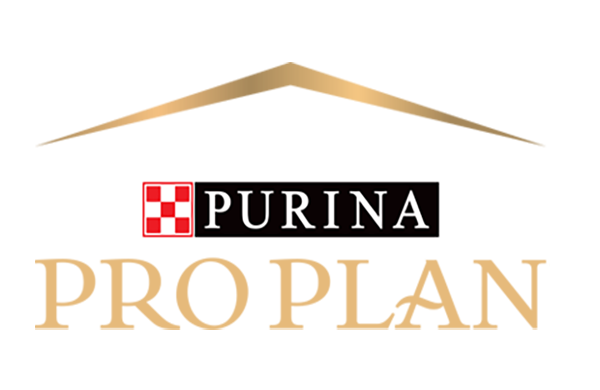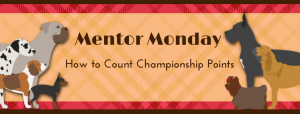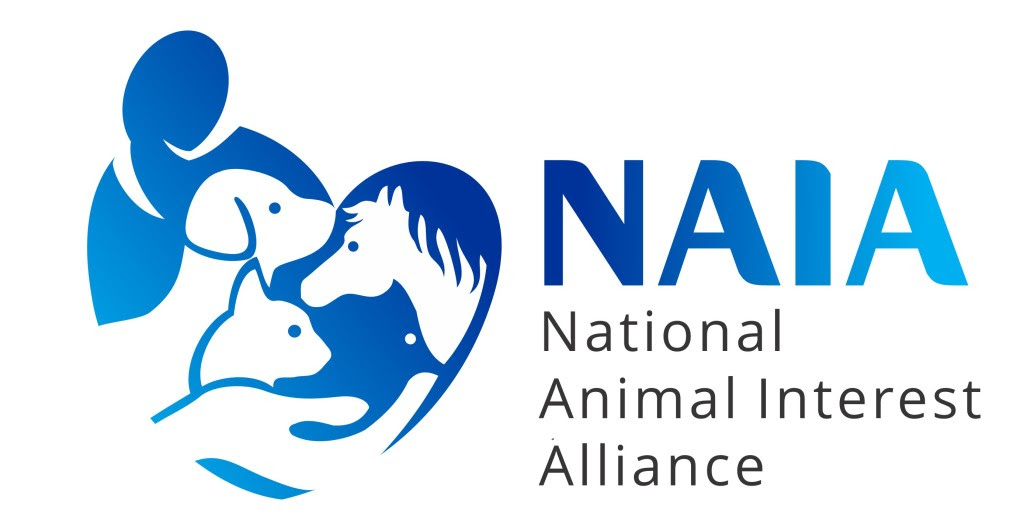475 – Multiple Sired Litters: When, Why and How with Dr. Marty Greer

Multiple Sired Litters: When, Why and How with Dr. Marty Greer
Dr. Marty Greer and host Laura Reeves review the when, why and how of multiple-sired litters. AKC instituted the policy for multiple-sired litters in 2000 with the advent of reliable parentage DNA testing.
Planning for a multiple-sired litter requires taking a variety of factors into consideration.
- The quality and condition of the semen. Greer notes that poor-quality semen should get a “head start” and be inseminated first. Frozen, fresh chilled and live semen all have different rates of motility and viability as they journey toward the eggs.
- The age and reproductive viability of the bitch. Greer advocates for a first litter. “I like a pink, shiny, healthy new uterus,” Greer said. “But it’s got the risk of not knowing what her fertility is and it’s got the risk of not knowing what kind of maternal skills she has.”
- Cost is a factor, as sire, dam and all puppies require DNA parentage testing through AKC in order to be properly registered.
- The “relatedness” of the sires being considered. While DNA testing can differentiate related sires, a father and son or similar closely related dogs can be more challenging to nail down. “We had a Border Terrier… usually they go out, I think, 13 genes and they had to go out 23 because the dogs were so closely related,” Greer said.
- The knowledge and experience of your veterinarian. “(Work) with somebody that does a lot of canine reproduction. This is not for your ordinary, garden variety veterinarian. Those are good people, don’t get me wrong, but when you’re doing something of this level of sophistication, you need to have somebody that doesn’t misunderstand what you want to do and doesn’t think that fresh chilled semen goes in the freezer and knows how to put it in so that it gets into the uterus.”
- Freeze potential sires while they are young and healthy. “If you have a young up and coming stud dog, freeze early and freeze often. Even if it’s not up and coming, even if it just might be up and coming … if he’s good enough for you to keep, freeze him. You can always do the health screenings later.”
- Consider creating a “sperm bank” for your national breed club. Working with AKC, Greer said the prototype created by the Otterhound Club of America is now available to all clubs. “We’ve got a tool kit put together. Our next step is to start educating breed clubs. So if you’re listening and you have a breed club and you’re on the genetics committee or you’re a member or you have a dog that you would like to have semen retained on this is really really, really super important. We’re going to need to breed our way out of some of these corners and without that genetic material stored, it’s not going to happen. So, you now have the opportunity to work with your breed club, your veterinarian, the AKC, the society for theriogenology… there’s a whole bunch of people that are involved in this because everybody sees the big picture value of this.”
Our Valued Corporate Sponsors:
Our Esteemed Advertisers:
Our In-Kind Supporters:
KNOWLEDGE IS POWER — FRANCIS BACON
When you become a patron of Pure Dog Talk you’ll tap into an exclusive community of experts to help you and your dog be blue-ribbon best at whatever you do with your purebred dog! Your support helps keep the MP3's rolling at Pure Dog Talk!
As a supporter, you’ll immediately gain access to the weekly Pure Pep Talk SMS, Pure Pep Talk private Facebook group, and priority emails. Patrons can choose to level up to the After Dark Zoom and a Patrons Digital Badge for their website— even a private counseling session with Laura on any topic.

DON'T MISS AN EPISODE!!













